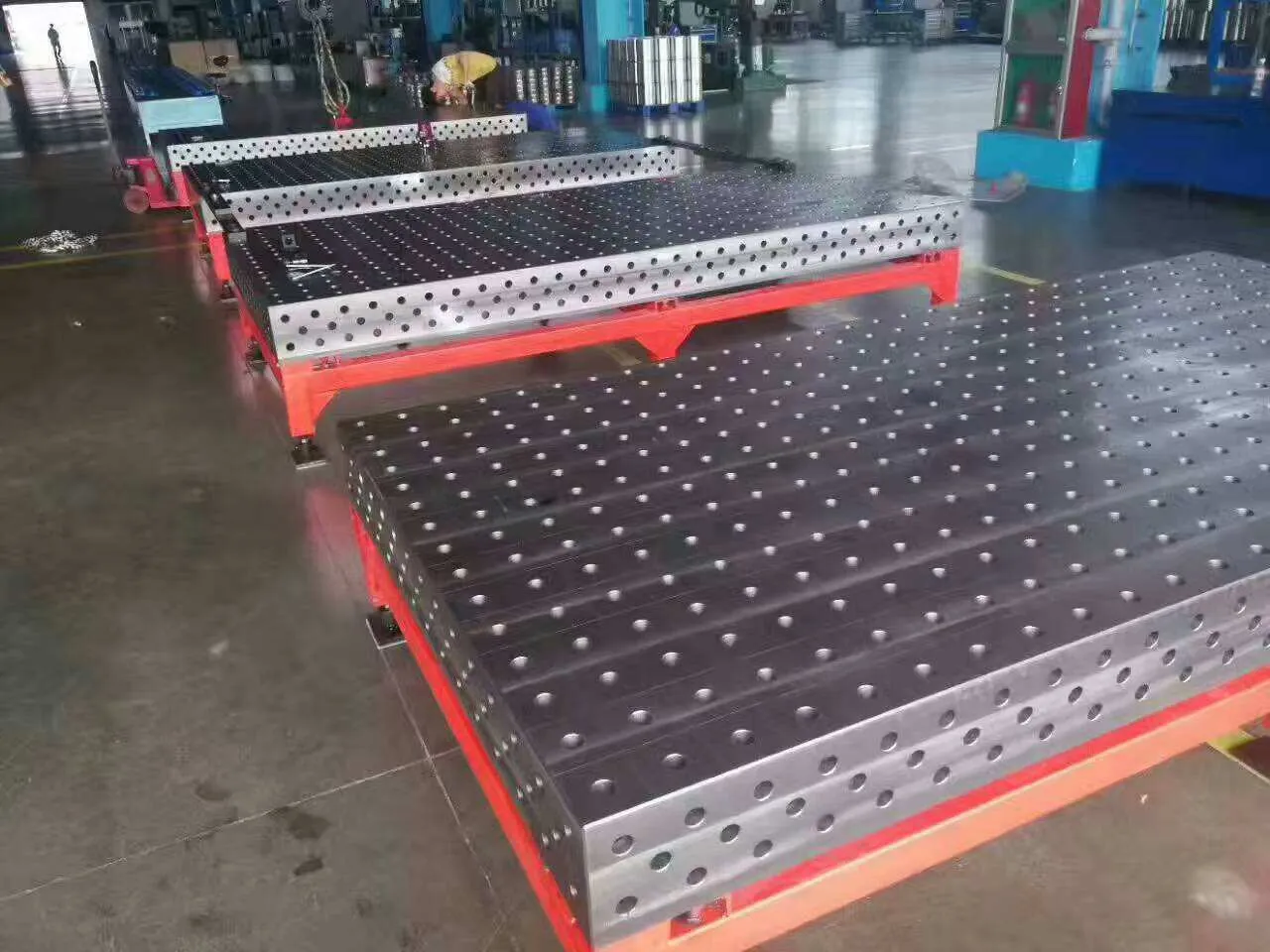Nov . 30, 2024 17:07 Back to list
Enhanced Inspection Systems for Efficient Quality Control and Monitoring Solutions
Enhancing Safety and Efficiency with Inspection Platforms
In today's fast-paced industrial landscape, ensuring safety and efficiency is paramount. One pivotal tool that has emerged to assist in these endeavors is the inspection platform. These versatile structures play a crucial role across various industries, including manufacturing, construction, and equipment maintenance, providing a heightened level of safety and convenience for workers during inspections and repairs.
Understanding Inspection Platforms
An inspection platform is essentially a work platform designed for maintenance and inspections at elevated heights. Often made from steel or aluminum, these platforms provide stability and can be customized to meet the specific needs of different tasks. With options ranging from fixed platforms to mobile scaffolds, they accommodate a variety of environments, making them indispensable for many operational processes.
Key Features and Benefits
One of the most significant advantages of using inspection platforms is the increased safety they provide. Elevated work can be inherently dangerous, and a properly designed inspection platform features guardrails, non-slip surfaces, and secure access points that help prevent falls and accidents. This is particularly critical in industries where workers frequently operate at heights—such as construction, shipbuilding, and oil drilling.
Moreover, inspection platforms promote efficiency
. By centralizing tools and equipment on a stable surface, they minimize the time workers spend searching for items, thus streamlining operations. The ergonomic design often allows for better body positioning, which can enhance worker productivity over long periods, reducing muscle strain and fatigue.Types of Inspection Platforms
inspection platform

Inspection platforms come in various types to cater to different needs. Fixed platforms are permanently installed structures that provide a stable workspace and are ideal for regular inspections. They can be designed to fit within existing infrastructure, allowing for easy access to machinery or systems that require frequent monitoring.
On the other hand, mobile platforms offer flexibility, allowing workers to move easily between different areas. These platforms are particularly useful in dynamic environments where tasks may involve multiple locations. Additionally, folding or collapsible platforms are ideal for projects that require both transportability and stability.
Technology Integration
The dawn of technological advancements has also influenced the design and functionality of inspection platforms. Many modern platforms now come equipped with features such as integrated ladders, modular designs for easy assembly, and even sensor technology that can monitor weight limits and structural integrity in real-time. This tech integration not only enhances safety but also provides valuable data which can be analyzed for further improvements in operational efficiency.
Regulatory Compliance and Standards
It is essential for businesses to ensure that their inspection platforms comply with local and international safety standards. Regulatory bodies like OSHA (Occupational Safety and Health Administration) in the United States set strict guidelines to ensure worker safety at heights. These regulations mandate the use of certified platforms and proper training for employees on their use, ensuring that workplaces remain safe and compliant.
Conclusion
In conclusion, inspection platforms are a vital component in promoting safety and efficiency in various industries. As the demand for higher safety standards continues to rise, investing in quality inspection platforms becomes not just an operational necessity, but a moral imperative. By integrating these platforms into everyday practice, companies can safeguard their workforce and streamline their operations, ultimately leading to improved performance and a stronger bottom line. The future of inspection work looks promising, driven by innovation and a shared commitment to safety.
-
Why Metric Trapezoidal Thread is Ideal for Precision Motion ControlNewsAug.05,2025
-
The Unique Properties of a Block of Granite for Industrial UseNewsAug.05,2025
-
The Role of Flanged Y Strainers in Preventing Pipeline ClogsNewsAug.05,2025
-
The Importance of Regular Calibration for Master Ring GagesNewsAug.05,2025
-
How a Cast Iron Surface Table Enhances Accuracy in ManufacturingNewsAug.05,2025
-
Comparing Different Check Valve Types for Optimal Flow ControlNewsAug.05,2025
Related PRODUCTS









